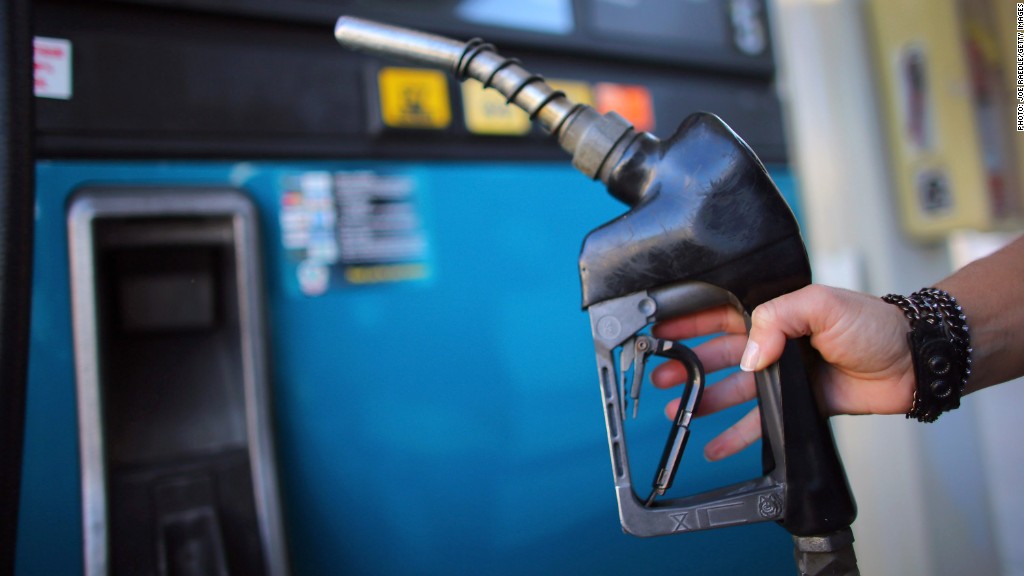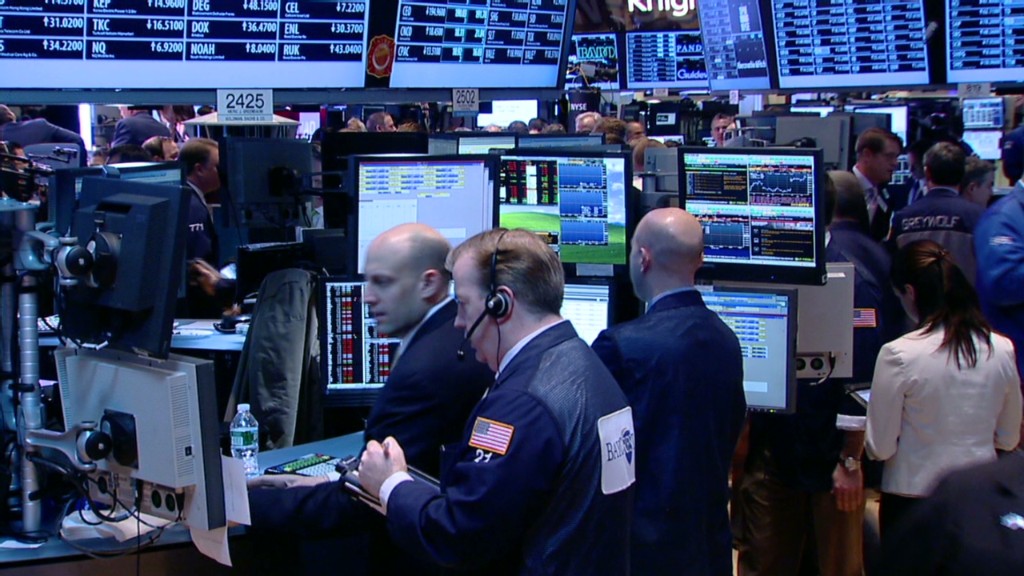
Consumer prices rose at the fastest rate since 2009 in February, but the annual inflation rate still remains within the Federal Reserve's comfort zone.
The Consumer Price Index, the government's key measure of inflation, showed prices rose 0.7% in February, according to the Bureau of Labor Statistics. Rapidly rising gas prices were the biggest driver, climbing about 9% in just one month.
Year-over-year, inflation was up 2%.
Economists often like to strip out food and gas prices, which both tend to be volatile, to get a more accurate reading on inflation. That measure, called core CPI, was also up 2% over a year ago.
The Federal Reserve usually attempts to keep inflation around the 2% level, but recently has intensified its focus on healing the job market.
The recent rise in inflation is likely to fuel more criticism of the central bank's stimulative policies, even from within its own ranks. Some Fed officials, including Kansas City Fed President Esther George, have recently cautioned that the Fed's policies could be fueling asset bubbles.
"The increase will jangle some nerves at the Fed, but policymakers will remain focused on ensuring the economic upturn looks sustainable and robust before worrying too much about inflation," said Chris Williamson, Markit chief economist.
Greenspan: No irrational exuberance, stocks undervalued
Since December, the central bank has said it will probably keep interest rates near zero until inflation exceeds 2.5% a year or the unemployment rate falls to 6.5%.
When it measures inflation, the Fed uses another measure that comes from the Commerce Department, not CPI. That data showed prices were up only 1.2% year-over-year as of January.

The Fed's policymaking committee is set to meet next week. Since its last meeting in January, job growth has picked up along with rising prices. Financial markets will be closely watching the central bank's statement and Fed chairman Ben Bernanke's press conference for hints about whether this means the Fed may taper off its asset purchases sooner rather than later.
The Fed has been buying $40 billion a month in mortgage-backed securities and $45 billion a month in Treasuries. The intent is to push long-term interest rates lower, and thereby stimulate more spending by consumers and businesses as well as lending by banks.
Going forward, economists expect price pressures to taper off. Gasoline prices have already started falling this month, and wages aren't rising rapidly enough to enable businesses to pass on higher costs to consumers.
"The recent feisty inflation data has largely been due to rising gasoline prices, and we do not think that this trend will continue due to limited consumer discretionary income," said Ward McCarthy, Jefferies chief financial economist. "We do not expect inflation to take root in the economy."


